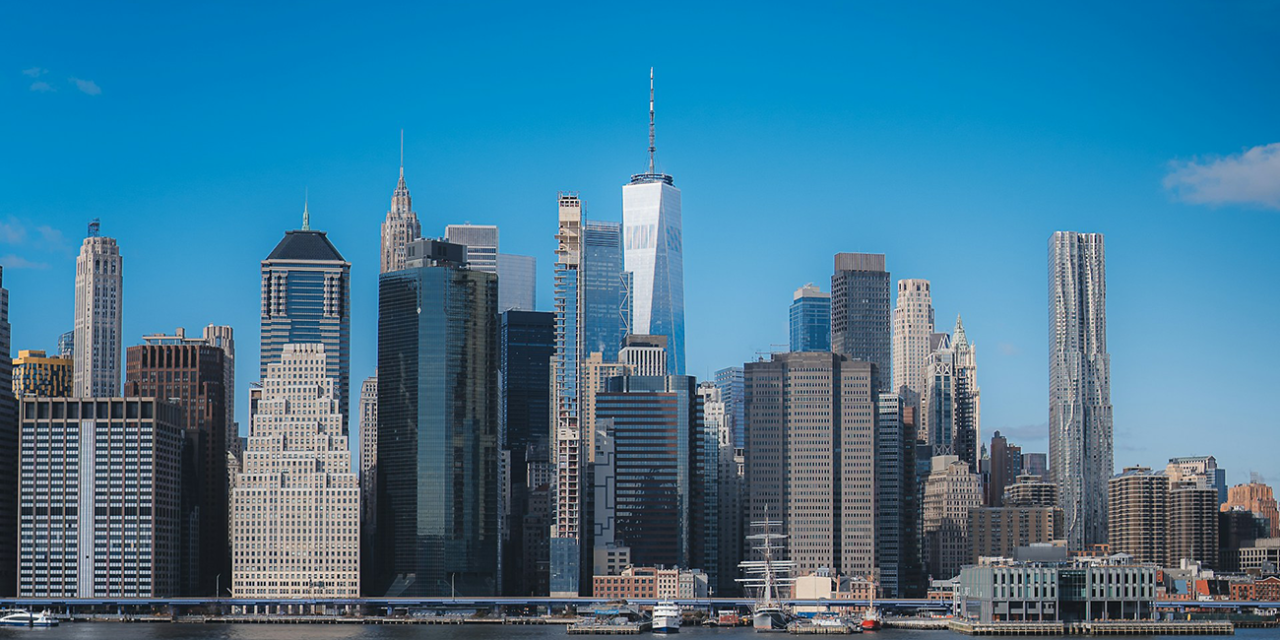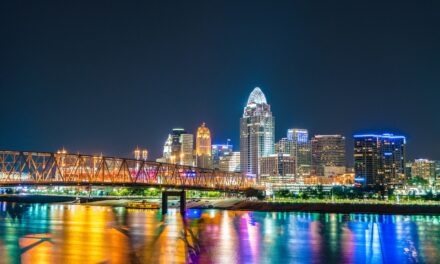New York City, usually labeled the “City that Never Sleeps,” is a bustling metropolis with a rich and multifaceted history.
The city has undergone profound transformations from its early indigenous roots to its status as a global cultural and economic hub. Here, we delve into the key historical periods that have shaped New York City.
Table of Contents
Indigenous Beginnings
The Lenape People
Long before European settlers arrived, the Lenape people inhabited the area now known as New York City.
The Lenape, an Algonquin-speaking tribe, lived in what they called Lenapehoking, which encompassed parts of modern-day New York, New Jersey, and Pennsylvania. They thrived on the land through fishing, hunting, and farming, establishing a harmonious relationship with their environment.
European Exploration and Colonization
The Dutch Era
In 1609, English explorer Henry Hudson, sailing for the Dutch East India Company, navigated the river that now bears his name, leading to the Dutch colonization of the area.
In 1624, the Dutch established New Amsterdam on the southern tip of Manhattan Island. The settlement quickly became a bustling trading post, leveraging its strategic location for commerce. The Dutch influence remains visible in some place names and the city’s early urban planning.
English Takeover
In 1664, the English seized control of New Amsterdam, renaming it New York in honor of the Duke of York.
This transition marked the beginning of significant changes in governance, trade, and cultural influences. The city’s population and economic activity continued to grow under English rule, laying the foundation for its future development.
The American Revolution
A Crucial Battleground
New York City played a big part in the American Revolution.
The city was a major strategic location for both the British and American forces. It served as the British headquarters after they captured it in 1776, and it endured several key battles and occupations throughout the war.
Post-Revolution Growth
After the American victory, New York City emerged as a symbol of the new nation’s potential.
In 1789, George Washington was inaugurated as the first President of the United States at Federal Hall on Wall Street, highlighting the city’s political significance.
19th Century: Expansion and Immigration
The Erie Canal
Completed in 1825, the Erie Canal connected New York City to the Great Lakes, revolutionizing trade and commerce.
The canal let the movement of goods and people happen, propelling New York City into an era of unprecedented economic growth and transforming it into a vital commercial hub.
Waves of Immigration
The 19th century saw massive waves of immigrants arriving in New York City, primarily through Ellis Island.
These immigrants, seeking better lives, contributed to the city’s rapid population growth and cultural diversity. By the late 1800s, New York had become the most populous city in the United States.
The Early 20th Century: Industrialization and Modernization
Skyscrapers and Urban Development
The early 20th century marked the construction of iconic skyscrapers, including the Woolworths, Chrysler, and Empire State Building.
These architectural marvels symbolized New York City’s burgeoning status as a global economic powerhouse. The skyline became a testament to the city’s ambition and innovative spirit.
The Great Depression and World War II
Like the rest of the nation, New York City was deeply affected by the Great Depression, yet it also demonstrated remarkable resilience.
Large public works projects and the influx of wartime manufacturing and jobs during World War II spurred recovery and growth. The city’s diverse economy helped it navigate through these challenging times.
Post-War Boom and Modern Era
Cultural Renaissance
The post-war period saw New York City emerge as a global cultural capital.
The city became home to groundbreaking art movements, including Abstract Expressionism, and remained a hub for literature, music, and theater. Broadway’s theatrical productions and the burgeoning music scene in Harlem played crucial roles in defining American culture.
Economic Challenges and Revitalization
The latter half of the 20th century brought economic challenges, including industrial decline and fiscal crises.
Despite these difficulties, the city underwent significant revitalization efforts, particularly in the 1990s. Initiatives to reduce crime, improve public spaces, and attract investment revitalized neighborhoods and boosted tourism.
New York City Today
A Global Metropolis
Today, New York City is recognized as one of the world’s most influential cities.
It is a leading center for finance, culture, media, and technology. The city’s five boroughs—Manhattan, Brooklyn, Queens, The Bronx, and Staten Island—offer a unique blend of history, diversity, and dynamism.
Resilience and Innovation
New York City continues to exemplify resilience and innovation.
From its response and return from to the 9/11 attacks to its ongoing efforts to combat climate change and foster sustainability, the city remains a great big beacon of progress and a symbol of the enduring American spirit.
Conclusion
New York City’s history is a testament to its ability to adapt, grow, and thrive despite change and challenge.
From its indigenous roots and colonial beginnings to its place as a global icon, New York City’s journey reflects the broader story of American resilience and ingenuity. As it looks to the future, the city continues to honor its past history while fully grabbing on to a new world of opportunities for growth and innovation.





